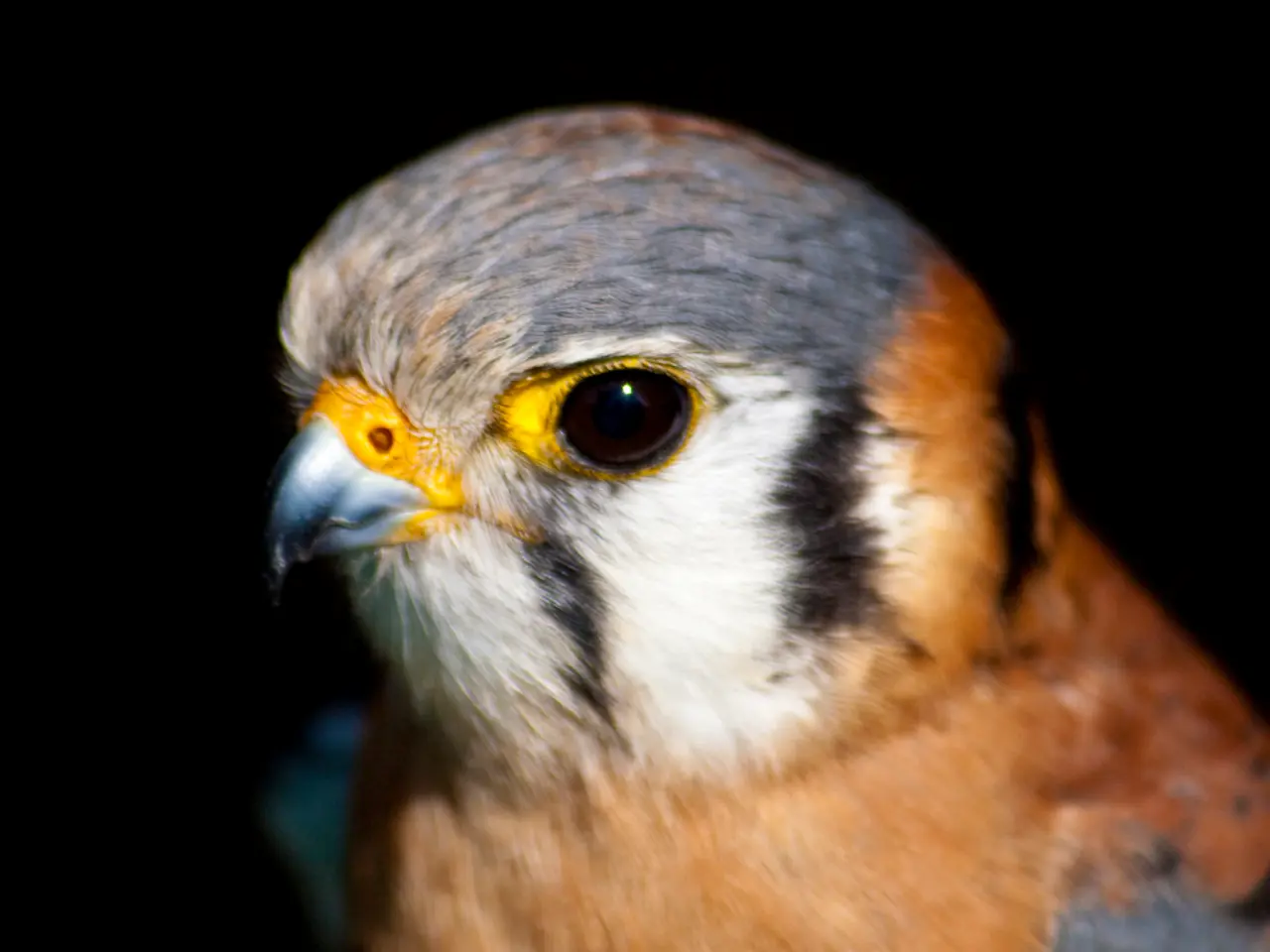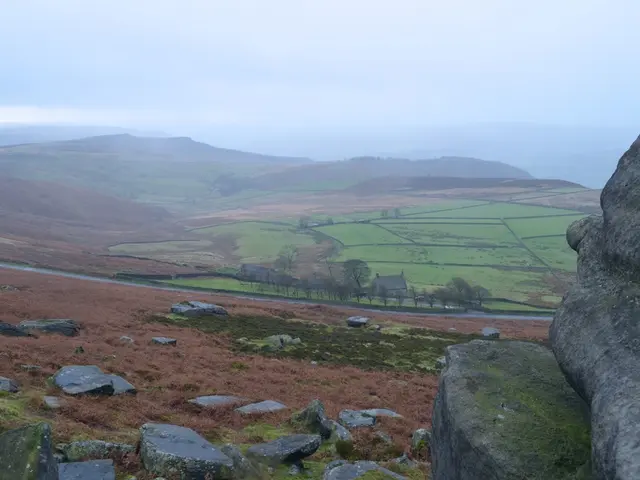Practical advice for taking impressive wildlife photographs without needing top-notch equipment
In the realm of wildlife photography, expensive equipment is not always a prerequisite for capturing stunning images. With a few practical techniques and an understanding of your camera's capabilities, you can create compelling wildlife photographs using your smartphone or basic camera equipment.
Setting up a bird feeder or bird bath in your garden can attract animals, providing opportunities for photography. Positioning these near natural perches can create more photogenic scenes. Moreover, modern smartphones are equipped with features like burst mode, tap-to-focus, and shooting in good light, which are valuable tools for wildlife photography.
One essential aspect of wildlife photography is focusing on the eyes. A sharp eye creates an instant connection with the animal, making your photographs more engaging. This can be achieved by tapping on the smartphone screen or using single-point autofocus and continuous AF tracking on cameras.
Using fast shutter speeds, such as 1/1000 and higher, will help freeze motion and reduce camera shake. This is crucial in wildlife photography, where subjects are often in motion. On the other hand, experimenting with slower shutter speeds can creatively capture motion effects like panning.
Lighting is another valuable free tool for improving wildlife photography. Shooting during golden hour, just after sunrise or before sunset, gives you warm, flattering light and long shadows that add depth and texture to your images. Soft, overcast light is often ideal, as it reduces harsh shadows and makes colors appear richer and more balanced.
Understanding the exposure triangle and knowing how to adjust your settings accordingly as the light changes will prevent you from ending up with over- or under-exposed shots. Steady shots are also crucial to avoid camera shake, especially when using a longer lens or shooting in low light.
Attracting wildlife to your location can increase the likelihood of capturing a good shot. This can be done by setting up bird feeders or baths near natural perches, even shooting through windows to stay hidden from shy animals and protect your gear.
Utilizing good lighting conditions, understanding an animal's active times, favorite hangouts, and feeding habits can further enhance your wildlife photography. Tools like the Merlin Bird ID app can aid in identifying species and learning their calls, while bird-watching binoculars can help in understanding an animal's habits.
For those interested in wildlife photography, investing in a good beginner wildlife lens, which can be found for under $1,000, can significantly improve your results. These lenses excel in low light, like at dawn or dusk, thanks to their wide apertures.
Trail cameras can also be used to observe wildlife in local areas when you're not present. These devices can capture images and videos of wildlife, providing valuable insights and opportunities for photography.
In conclusion, effective strategies for capturing better wildlife photos using a smartphone or basic camera equipment rely on maximizing what these devices offer in terms of settings and composition. With these practical techniques, you can transform an average wildlife photo into a beautiful one.
Embracing the fashion-and-beauty of nature, one can enhance their home-and-garden by setting up bird feeders or bird baths to attract animals, thus offering potential photography opportunities. Improving your wildlife photography skills doesn't necessarily require high-end equipment; modern smartphones contain essential features such as burst mode, tap-to-focus, and shooting in good light that are beneficial for capturing stunning images.
When focusing on wildlife photography, remember to concentrate on the eyes, as they create an instant connection with the animal, making your photographs more engaging. This can be achieved by tapping on the smartphone screen or using single-point autofocus and continuous AF tracking on cameras.
In the realm of travel, exploring new, diverse landscapes opens up endless opportunities for wildlife photography. Understanding the active times, favorite hangouts, and feeding habits of species can significantly enhance your photography, providing you with unique, captivating images from your journeys.






